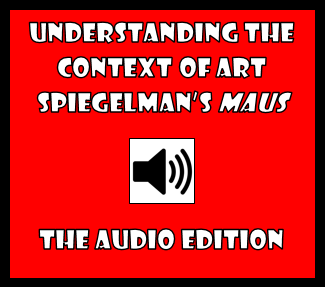Writing a Graphic Novel, Part 1
4/29/2017
1. Tell a story that's never been toldWhen it comes to writing a graphic novel, look for inspiration from stories that have gone untold. A great source of such stories is history, but the history for which we don't necessarily know the whole story.
When I was writing Final Voyage for the Boldprint Graphic Novel series, I was trying to think of such a story when I stumbled upon an explorer I remembered studying in my youth: John Cabot, aka Giovanni Caboto. I remember learning when I was just a little guy that Cabot had sailed the ocean blue in 1497 and discovered eastern Canada. However, I don't remember us ever talking about his second, and final, voyage. In 1498 he headed out again, but this time he didn't come back to receive the adulation of England's King Henry like he did after his first voyage. This time, he and his men were lost. Writing a graphic novel about an historical event for which we don't have many of the answers is sometimes just the sort of thing we need to push through writer's block and get back on track. Having part of the narrative gives us some place to start, and while this is being established there is time to fill in the gaps and work out what might have been. Anything that allows us to be productive while we're working out the story can't be all that bad.
0 Comments
Your comment will be posted after it is approved.
Leave a Reply. |
Glen DowneyDr. Glen Downey is an award-winning children's author, educator, and academic from Oakville, Ontario. He works as a children's writer for Rubicon Publishing, a reviewer for PW Comics World, an editor for the Sequart Organization, and serves as the Chair of English and Drama at The York School in Toronto. If you've found this site useful and would like to donate to Comics in Education, we'd really appreciate the support!
Archives
February 2019
|




 RSS Feed
RSS Feed
